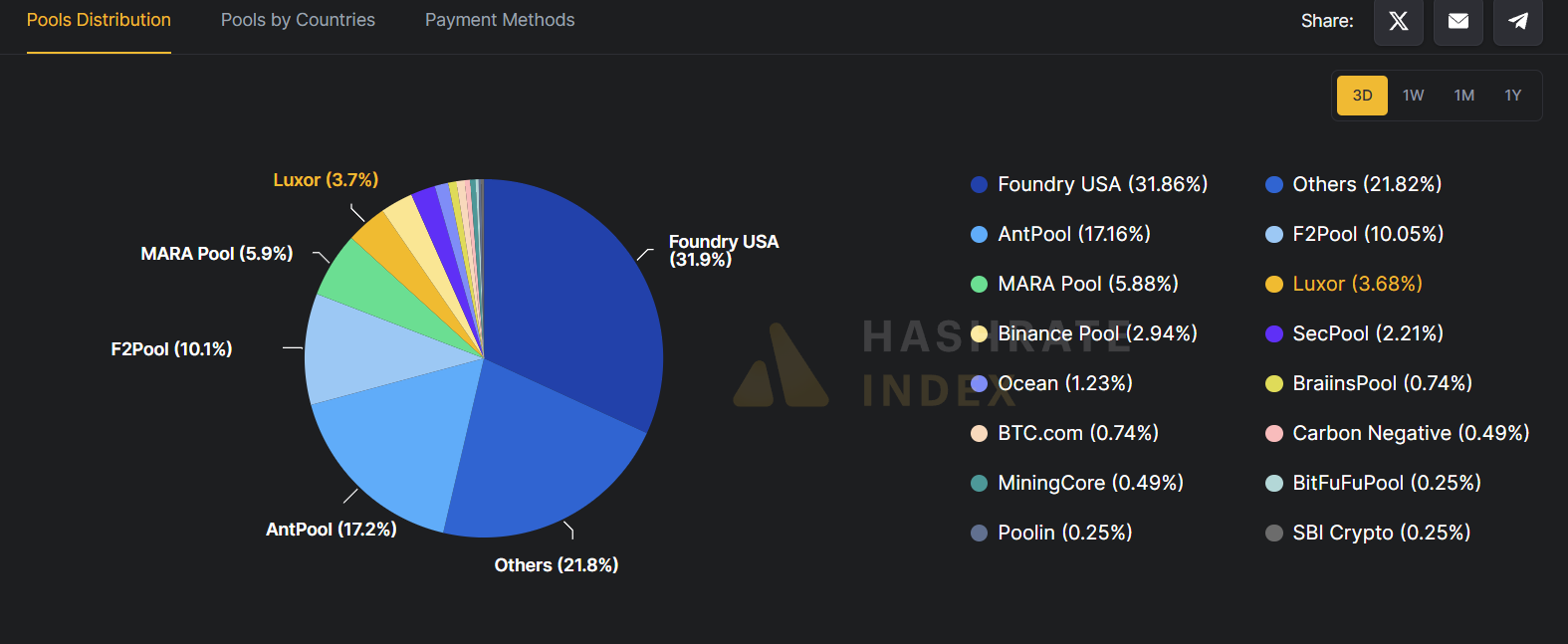Hold onto your space helmets, folks! SpaceX, Elon Musk’s personal plaything, is about to send a four-person crew on a *polar orbit* mission, sponsored by none other than Chun Wang, a Bitcoin mining tycoon who’s definitely not someone you’d expect to bankroll a space flight. But here we are!
This crew of *unqualified but adventurous* humans is about to embark on a space mission unlike any other: they will fly directly over both the North and South Poles. Forget the equator; that’s for amateurs. This mission, aptly named Fram2, will be funded by Chun Wang, a guy who made his fortune in Bitcoin mining—because, obviously, that’s how rich people spend their money now.
The crew consists of: Norwegian filmmaker Jannicke Mikkelsen, German robotics researcher Rabea Rogge, and Australian explorer Eric Philips. Apparently, all of them have done *polar expeditions* but have never been to space. Yes, they’re going to space for the first time. We’ll see how that goes. Space, meet *humans who have no idea what’s coming*.
Lift-off is scheduled for 9:46 p.m. ET from Florida—because, when you’re aiming to fly directly over the poles, Florida is obviously the best place to start. The mission will take the crew on an exciting path that no one else has ever dared take. Polar orbits? Oh, sure, satellites do that all the time. But humans? We’ll see if they survive the ride.
In the early days of Bitcoin mining, F2Pool, the pool Chun founded, was one of the big players, processing a substantial chunk of the world’s Bitcoin transactions. But as the Bitcoin mining wars heated up, F2Pool’s power faded. These days, it only makes up a little more than 10% of Bitcoin’s global hash rate. Poor F2Pool, fading into the background of the crypto revolution…

Oh, and just for fun, here’s a juicy tidbit: Chun Wang mined over 7,000 BTC in his glory days, which, at today’s prices, is worth around $640 million. But don’t get too excited—he sold all that Bitcoin *way* back in the day when it was worth less than a cheeseburger. Gotta love hindsight.
“I sold all the Bitcoin from 2011 and 2012 in January 2013 and paid back my initial loan. I borrowed some money from my parents to build the first GPU configuration. I think the price I sold at was like $11.”
— Chun Wang
Now, let’s talk about the science! Not just any science, but *space science*! The crew will undergo all sorts of exciting experiments, including studying the effects of space travel on their bodies—specifically their brains. MRI scans, brain fluid shifts, sleep disruptions… and don’t forget Space Adaptation Syndrome, which is just a fancy way of saying *motion sickness on steroids*. Astronauts, get ready to barf in style!
As early as March 31st at 9:46 p.m. ET, SpaceX will launch Fram2, the first human spaceflight mission to explore Earth from a polar orbit. Fram2 will lift off from Florida and will last about three and a half days.
Commander @satofishi, who is funding the mission, will become…
— Jenny Hautmann (@JennyHPhoto) March 30, 2025
More fun awaits as we explore the *gender gap in space*! British startup Hormona will track hormone fluctuations in female astronauts. After all, only 15% of astronauts have been women, so it’s high time we figured out what happens to their hormones when they leave the Earth. Mikkelsen and Rogge will be using *urine test strips* (because why not?) to contribute to this groundbreaking study. It’s about time someone figured out if stress in space messes with ovulation. Who knew space had so many *women’s health* implications?
In addition to the hormone research, Fram2 will attempt to grow mushrooms in space (because we all need more fungi in our lives), test exercise routines in microgravity, and, for the grand finale, observe polar auroras from orbit. Nothing says “space mission” quite like the beautiful glow of auroras… and mushrooms, obviously.
But wait—there’s more! The crew will attempt to photograph *Steve*, a mysterious auroral phenomenon discovered in 2016. Because if you’re going to space, you might as well try to capture an elusive phenomenon that no one really understands. Dr. Eric Donovan, a space physics expert, pointed out that aurora photography in space is rare, so why not make history while you’re at it?
In the end, the crew will spend a few days orbiting the Earth—three to five days, to be exact—before splashing down into the Pacific Ocean, hopefully not too much worse for wear. Let’s just hope they packed some space barf bags for the ride.
Read More
- Clash Royale Best Boss Bandit Champion decks
- Clash Royale December 2025: Events, Challenges, Tournaments, and Rewards
- Best Hero Card Decks in Clash Royale
- Ireland, Spain and more countries withdraw from Eurovision Song Contest 2026
- Clash Royale Witch Evolution best decks guide
- JoJo’s Bizarre Adventure: Ora Ora Overdrive unites iconic characters in a sim RPG, launching on mobile this fall
- Mobile Legends December 2025 Leaks: Upcoming new skins, heroes, events and more
- ‘The Abandons’ tries to mine new ground, but treads old western territory instead
- Clash Royale Furnace Evolution best decks guide
- Mobile Legends November 2025 Leaks: Upcoming new heroes, skins, events and more
2025-03-31 21:26